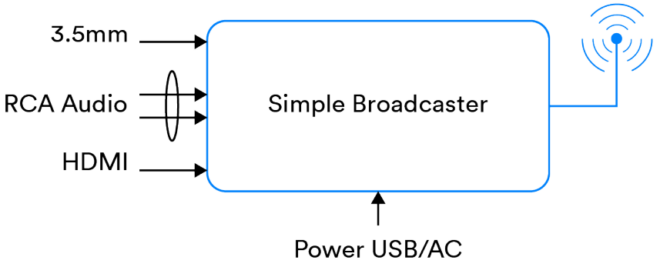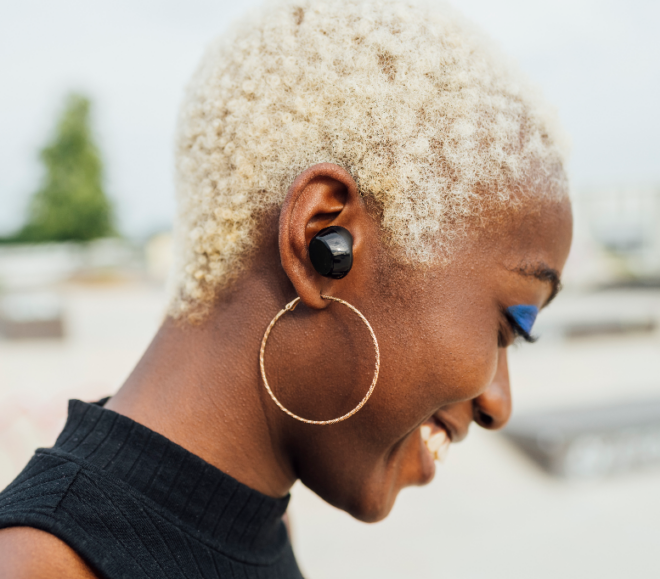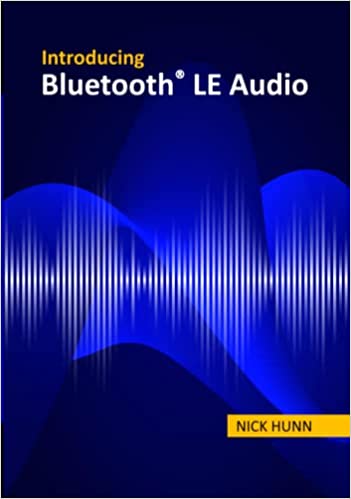The member companies of the European Hearing Instrument Manufacturers Association (EHIMA) strive to provide different types of solutions for hearing problems ranging from regular hearing aids to cochlear implant devices for people with no residual hearing.
While hearing loss is a growing, global concern — in talking with EHIMA member GN Hearing’s VP of External Relations Nikolai Bisgaard — I learned that only a fraction of those who could benefit from hearing aids are using them. The reasons vary between different regions, but it largely has to do with the stigma associated with wearing a hearing aid.
Fortunately, the increasing trend towards using Bluetooth® enabled earbuds may also be destigmatizing the use of hearing aids. Even now, there are a range of hearing aid models and form factors that look like over-the-counter earbuds. And, thanks to Bluetooth LE Audio, they will soon be able to function like earbuds too.
My conversation with Bisgaard gave me further insight into the motivations for creating Bluetooth LE Audio and shined some light on the anticipated benefits it will provide those with hearing loss.
Q&A with Nikolai Bisgaard
What can you share about the development of the Bluetooth LE Audio specifications?
The first hearing aid that could receive streamed sound directly from an iPhone was introduced in 2014. It was based on Bluetooth® Low Energy (LE) technology and a proprietary audio protocol developed between Apple and two hearing aid companies. At the same time, streaming devices that could connect to TVs and other audio sources were available from most hearing aid companies in the form of an intermediate device between the source and the hearing device. Although these streamers broadcasted the audio signal, they were based on proprietary protocols and only worked for that specific brand of hearing aids.
In the industry, many saw the potential in developing a new Bluetooth protocol that would standardize these systems to work across all brands and devices. The EHIMA Board of Directors sent an official proposal to the Bluetooth Special Interest Group (SIG) for developing a Hearing Aid Protocol (HAP) that would meet the specific needs of these types of devices, including broadcast capabilities that had previously not been part of the Bluetooth system.
What drove the work on the new features of the core specification that became Bluetooth LE Audio?
Championing for people with hearing loss was a major driver in the creation of what is now Bluetooth LE Audio. At the time, Apple had a program that helped people with various challenges use their products. They wanted to do something for people with hearing loss in the same way that they developed VoiceOver for users with visual challenges. They suggested adding an audio protocol to Bluetooth® LE and co-developed that system with the hearing aid manufacturers that could implement Bluetooth LE in their products.
Hearing aid manufacturers wanted to take this a step further, identifying the need for a true Bluetooth standard that could work on any type of phone with Bluetooth, not just the iPhone. Hearing aids could, at the time, receive signals from certain phones via induction loops, but most modern phones did not provide this function. It was a special technical addition, so there was a clear need for a new system.
What’s the importance of a standard, and how will Bluetooth LE Audio help further interoperability and enable scale in the hearing aid market?
A standard means that all hearing devices can connect to Bluetooth® enabled sound sources regardless of the brand of the hearing device. The Bluetooth LE Audio standard secures broad access to the new services in the same way that Wi-Fi has made internet access a commodity. EHIMA’s member companies will likely negotiate a common set of ground rules that enable rapid dissemination of this important technology. It is of importance that all public sources are made available for hearing instrument users. Low power consumption is of critical importance to hearing aid design, and this must be kept in mind when the details of the standard are set.
What has you most excited about Bluetooth LE Audio?
The broadcast capability is very impactful. It supports the capability to stream sound to millions of hearing aid users in public venues as well as in private homes. Although hearing aids do a great job in alleviating hearing loss, many users still have a need for a better signal-to-noise ratio than people with normal hearing, in order to understand information distributed as audio signals.
With Bluetooth LE Audio, it will be possible to offer an improved alternative to the loop systems that have existed for decades, alleviating some of the drawbacks of these systems, such as poor sound quality, mono only, noise interference, and high cost of installation.
How will Bluetooth LE Audio impact Bluetooth technology in hearing aids, and how will it change the role of audio for people with hearing loss?
Bluetooth LE Audio is going to be a pivotal component in all hearing devices going forward. Bluetooth LE has been used for several years for programing hearing devices when they are adapted to the individual needs of the users. Bluetooth LE Audio adds the opportunity for audio signal transmission in high quality. This means audio signals from any device that use the Bluetooth LE Audio protocol can be picked up by anybody wearing compatible hearing devices. Users of hearing devices will be able to connect to a wide range of audio sources, such as TVs, radios, and mobile phones as well as public systems in cinemas, theatres, churches, conference rooms, and public transportation systems.
Using Bluetooth® technology also increases the opportunities for all hearing aid users to benefit from direct sound transmission in several ways. For phone calls, the hearing aids could be enabled to function as true headsets for phone calls where the user’s speech is picked up by the hearing aids and transmitted to the person at the other end of the call. The broadcasting features creates an attractive opportunity to supplement and, long term, replace loop systems.
What market challenges will Bluetooth LE Audio enable the industry to address?
Hearing devices are subject to stigma, and people are reluctant to get started even though research shows that once people with hearing loss get hearing devices, they regret that they didn’t get them earlier. Bluetooth LE Audio is going to create a feeling of added value. Hearing devices will be seen as cool devices with clear benefits that open up attractive opportunities to connect to a variety of sources.
![]()
FEATURED INNOVATION
Bluetooth LE Audio
This latest innovation of Bluetooth® technology supports a host of new audio features, including low power, high quality, and multi-stream capabilities that will enable hearing aids to bring all the benefits of Bluetooth audio to people with hearing loss.

![20240208 GN LONDON 04 LARA 0964 Edit copy[1]](https://www.bluetooth.com/wp-content/uploads/2024/04/20240208_GN_LONDON_04_LARA_0964-Edit-copy1.jpg)
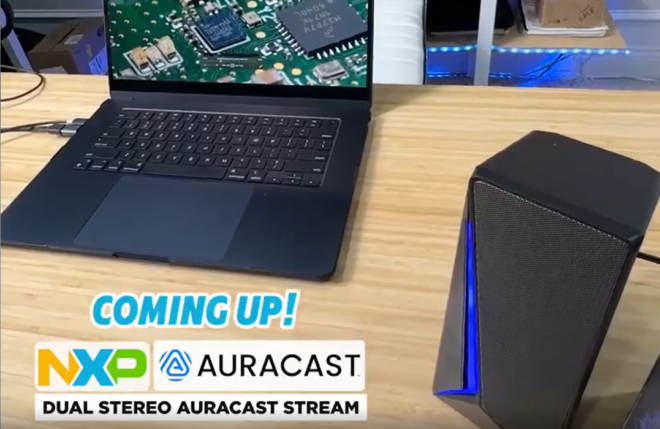
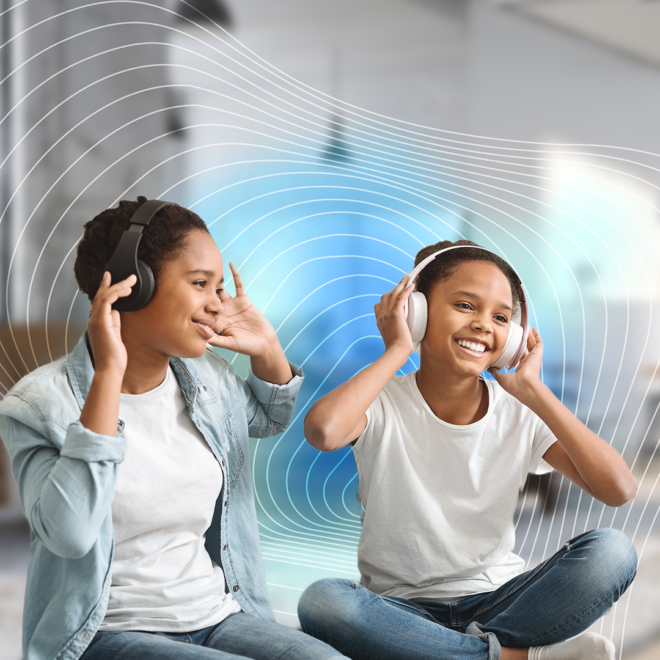
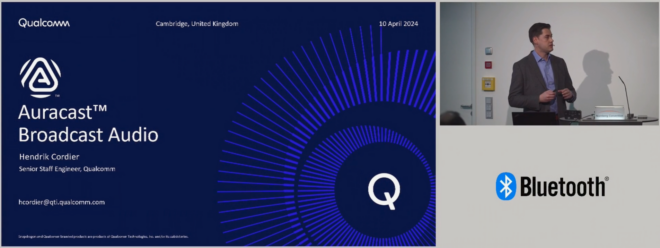

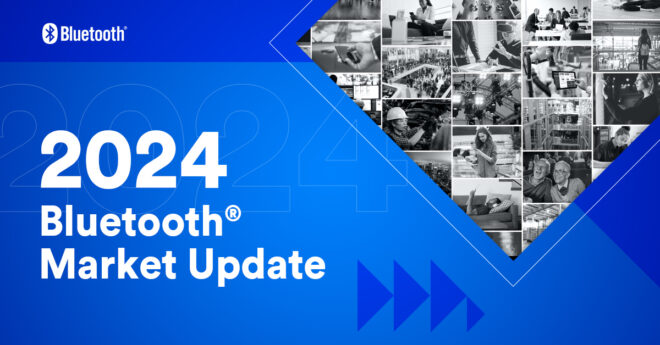

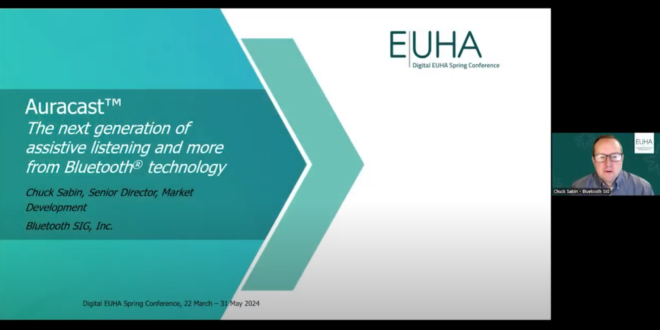
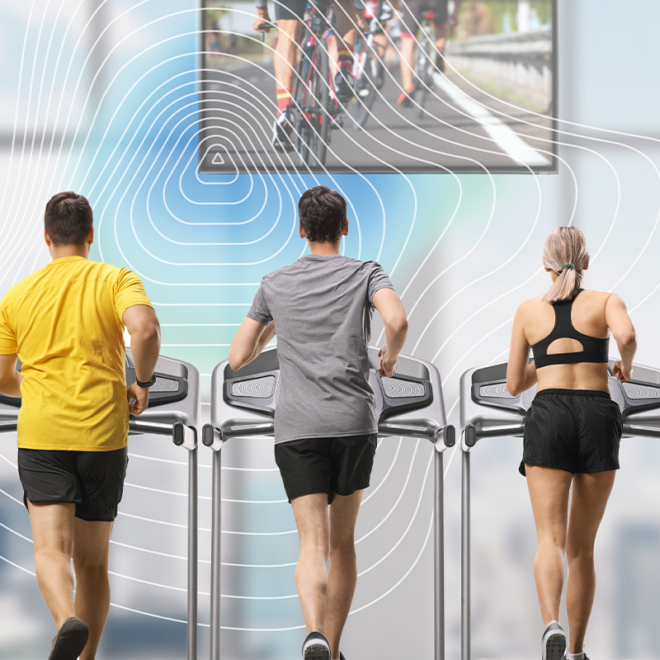
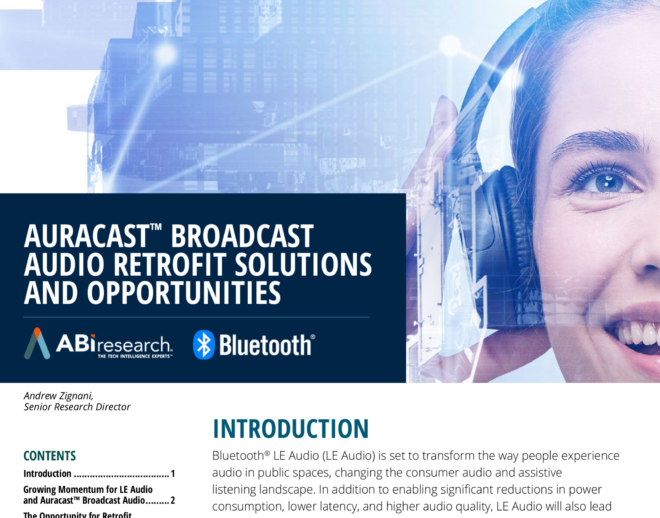
![packetcraft logo tagline[1]](https://www.bluetooth.com/wp-content/uploads/2024/03/packetcraft_logo_tagline1.png)
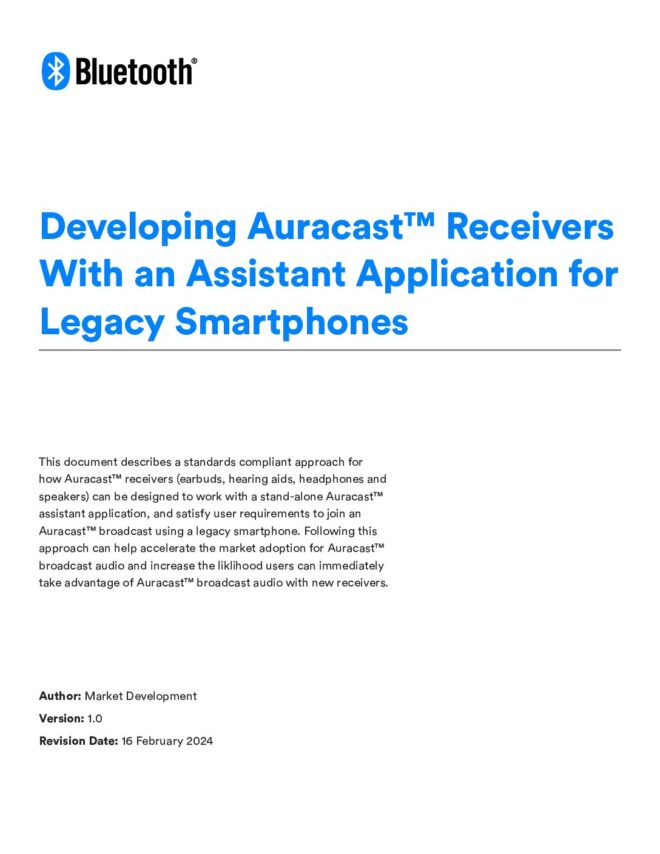
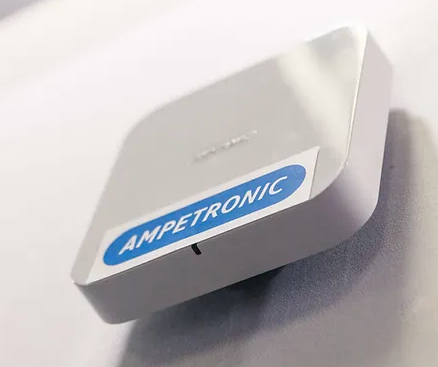
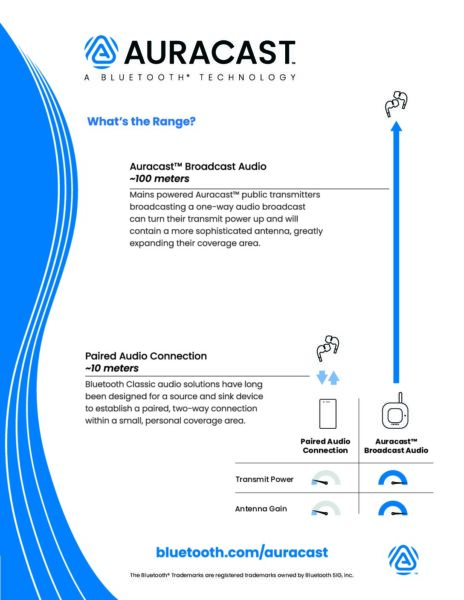
![2312 CES Handout Images FINAL existing pdf 464x600[1]](https://www.bluetooth.com/wp-content/uploads/2024/01/2312_CES_Handout-Images_FINAL-existing-pdf-464x6001-1.jpg)
![2312 CES Handout Images FINAL unlimited pdf 464x600[1]](https://www.bluetooth.com/wp-content/uploads/2024/01/2312_CES_Handout-Images_FINAL-unlimited-pdf-464x6001-1.jpg)
